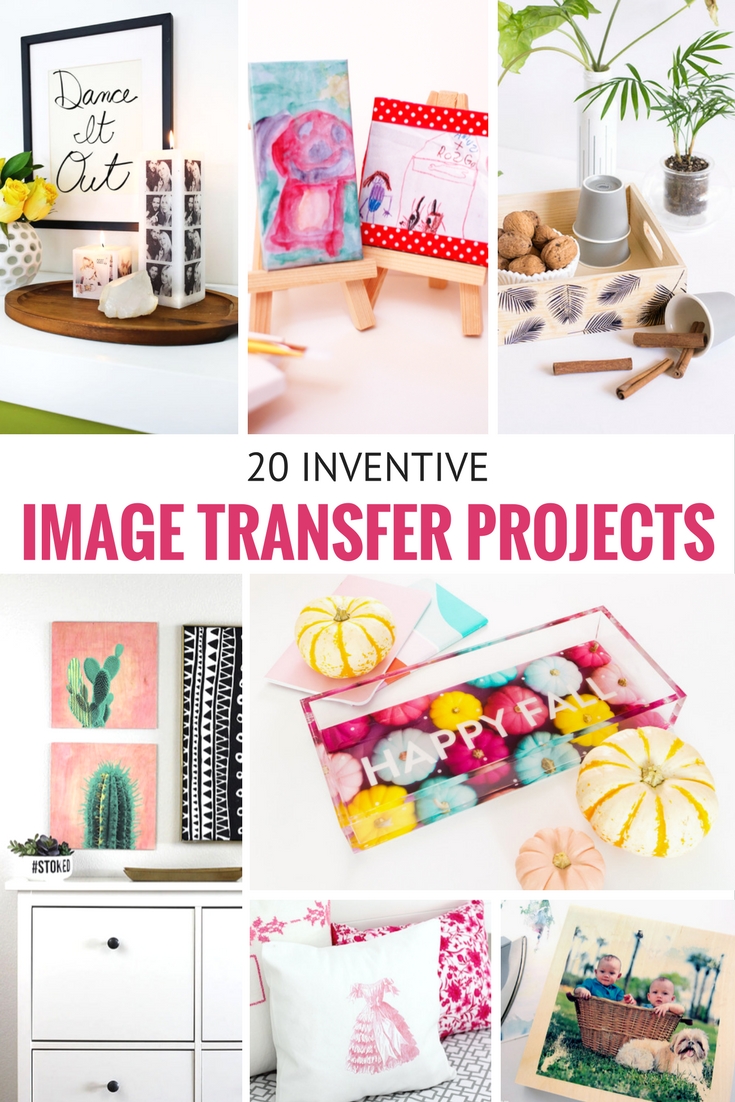

You can see how different the photo transfers look–gesso on top, gel medium below.īut this is not the end of our texture adventures with photo transfers.

The gel photo transfers are done pretty much the same way, but whatever is under the transfer will peek through, offering lots of exciting layering. The image is revealed after transferring and peeling back the paper. I used the gesso transfer technique with the tree on the right-hand side. Remember–part of the charm of image transfers is that they have imperfections. Katie has great tips in the lesson for doing this successfully. After a couple of minutes I lifted one corner of the paper and saw the image on the canvas, so I kept going, peeling off the rest of the paper. After spreading gesso on the front of the image, I applied it gesso-side-down to the canvas and pressed it with a spreader. I transferred the flower and tree images first using the gesso transfer. Or, like Katie, you may want to use backward text and images to enhance your artwork.

Also, remember that images will be backward on the canvas once they’re transferred, so you may want to flop them before printing. Those details informed where I placed my images, and which would be transferred first. With the gel medium transfer, anything in the image that is white or very light will become transparent. The gesso transfer produces an opaque image, while the gel medium transfer produces a translucent image. I spent a decent amount of time thinking about how my images would be layered for the photo transfers. Brush the canvas with acrylic paint in shades that complement your images. Keep it simple with one or two colors, and choose shades that will complement your images. Next, I painted the canvas a turquoise-y teal with a little pale yellow thrown in. Prep a couple of canvases for your photo transfer artwork, and use one as a practice canvas. Also, it’s not a bad idea to prep more than one canvas-I liked having one that I could experiment with, since this was my first time trying these techniques together. I had some bumpiness on the edges of my canvas from the molding paste and sanded that off when the canvas was dry. Light molding paste dries more quickly than heavy modeling paste, but it still gives you those great highs and lows on your surface. To kick off the physical texture portion of this project, I spread some light molding paste from top to bottom. I started with very different images for the photo transfers–hard-edged buildings and softer, rounded natural items.įor a substrate, Katie recommends using a canvas panel, which is easily found and fairly inexpensive. These photo transfers won’t work with laser prints. I printed them out on regular copy paper on an inkjet printer-inkjet is key for this project. Katie says the process is “a creative way to play with opacity and transparency in your artwork to create interest and visual texture.” I started with several images, some of buildings and some of nature, thinking I’d combine the two. However, this project will get you thinking about your images and how they’ll be layered, and I like that thoughtful component to it. But her techniques will work with any images, so you’re not limited to urban grunge. Katie loves urban landscapes and uses them often in her work. To create this piece, I first chose some images. Also, the way Katie layers her images, then enhances them with mixed media, totally takes things to another level. I’ve done plenty of gel medium transfers before, but never one with gesso, so that intrigued me. This technique is based on doing photo transfers two ways: one with gesso, and the other with heavy gel medium. I want to shout from the rooftops that this is so much fun, so creative, and so satisfying! I know I’ve said this before, but I have a much deeper appreciation of Katie’s brilliant artistry after trying her techniques. I didn’t even know photo transfers were part of her repertoire until she told me, and I thought her use of both visual and physical texture would be perfect for the Texture Adventure theme for this year’s Art Lessons. Katie Blaine is the artist responsible for this month’s lesson, and when I discovered her work I felt an immediate connection with it, and knew you would love it too. The techniques are nothing short of transformational-no pun intended. Case in point: the May 2017 Art Lesson, Layering with Photo Transfers. Not only are no two image transfers the same, but artists are always coming up with new ways to render transferred images and turn them into art. An image transfer is an image transfer is an image transfer, right? Nope.


 0 kommentar(er)
0 kommentar(er)
